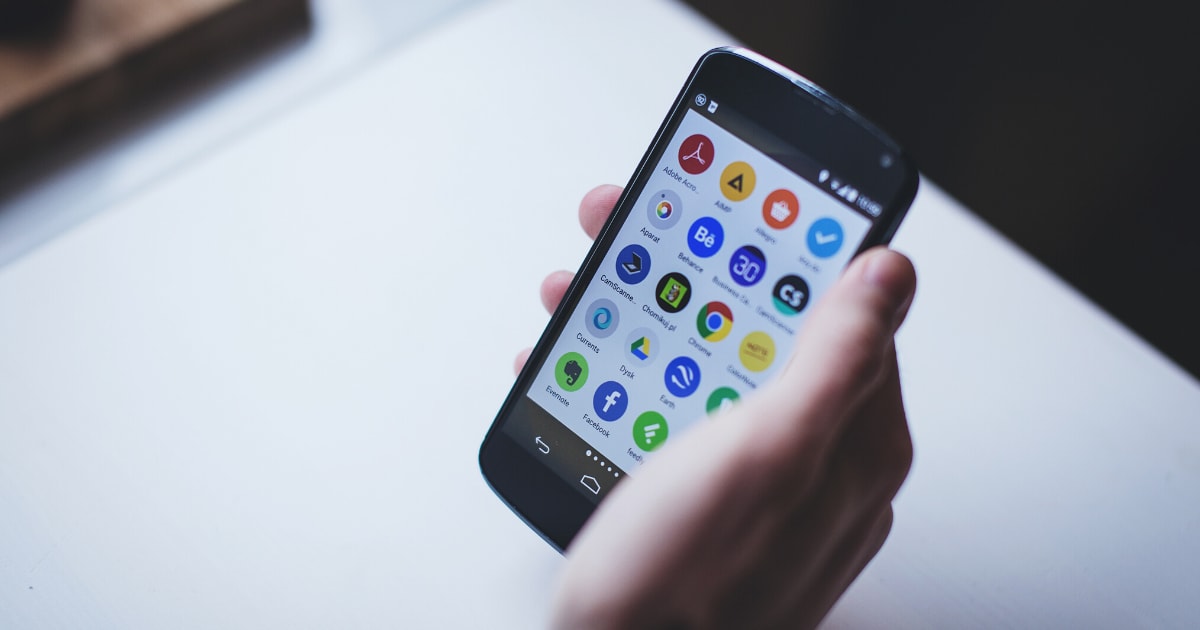Before starting to learn android app development, it is helpful to know about the anatomy of the android app. So, let’s look at the building process of an android app.
An android app consists of:
- Activity.
- Service.
- Intents.
- Content Provider.
Now, all the four building blocks are not necessarily required to develop an app, but the combination of some of these may be required. After deciding which all components are required in your app, include them in AndroidManifest.XML.
Let’s look at these in detail.
Android Manifest
You will always encounter this XML file every time you run Android Studio as it contains all the information related to the app. It contains activities, services, intents, permissions, and all other things that are concerned with the particular app.
Activity
Activity is the most used of the four components. It is always used in an app. Activity is basically a screen in an application. There may be multiple activities in an app as an app may contain multiple screens. Each activity consists of various UI components like Views, buttons, layouts, etc. The Activity consists of an Activity class where all the work is done.
Intent
Intent basically provides a developer with the option to move from one screen to another screen. It gives the option to connect one screen to another. It consists of the operation to be performed and the activity class name has to be declared to which the current activity has to be connected.
Intent Reciever
Intent Receiver is used when a function has to be executed in response to an event. This doesn’t display UI but may alert the user with a notification.
Service
Services are the processes that execute in the background but not displayed on the screen. These are used when you want programs to run but not necessarily display it on the UI screen. For example, playing music in an app, and changing the music automatically, doesn’t need to be displayed on the screen and just needs to keep running in the background. Services can be started and managed from activities, intent receivers, etc and are given higher priority by android runtime than many other processes.
Content Provider
Content providers deal with the sharing of data within or between apps. Apps can store data in shared preferences, SQLite databases, files, etc. An application can allow other apps to access their data by defining a Content Provider. The data’s access is provided by a Universe Resource Identifier (URI) defined by the Content Provider.

All you need to know about Android App Development
Learn Android App Development
Learn Android App Development with WAC
Other Skills in Demand
| Artificial Intelligence | Data Science |
| Digital Marketing | Business Analytics |
| Big Data | Internet of Things |
| Python Programming | Robotics & Embedded System |
| Android App Development | Machine Learning |

